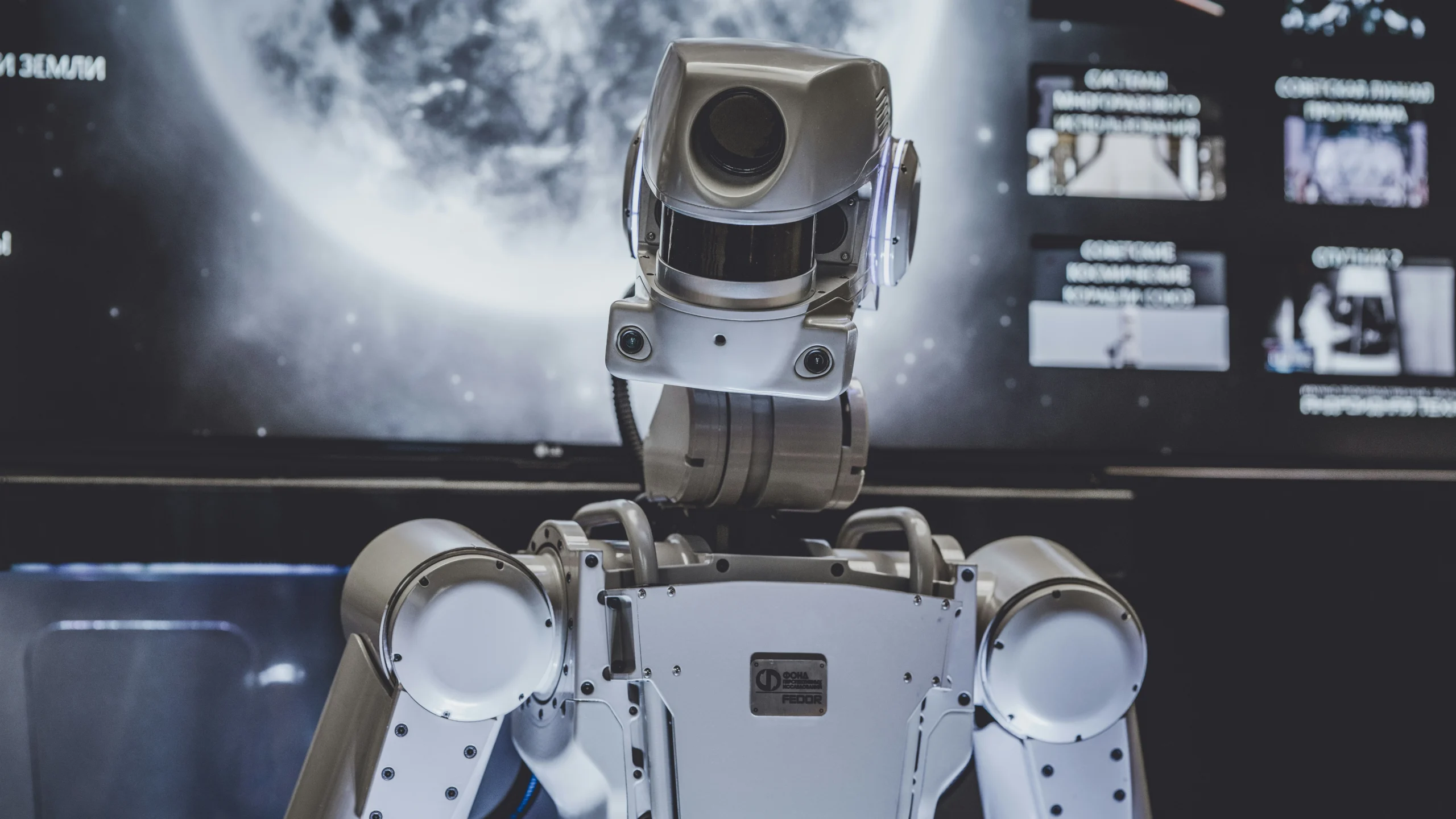So, you’ve got a fantastic AI project idea. Maybe it’s a revolutionary chatbot for your industry, a hyper-personalized recommendation engine, or a next-gen code assistant. Whatever it is, you’ve probably already realized the hardest part isn’t choosing a model, it’s finding the right dataset for LLM training.
We’ve all been there: hours spent searching, downloading, and cleaning files, only to realize they’re not quite what you need. The truth is, the landscape for training data has never been richer, but it’s also never been more overwhelming. That’s why we put together this guide to highlight the best places to look and what you need to watch out for.
5. Public and Government Datasets
Governments, universities, and research institutions release enormous amounts of free, anonymized data every year. These datasets cover everything from population statistics and economic indicators to medical research and open-source text corpora.
For example, you can explore collections via Data.gov or the EU Open Data Portal.
Why they’re useful: They’re well-documented, reliable, and free. Perfect if you’re exploring an idea or need a broad, general dataset for LLM training.
The catch: They’re often too generic for real-world business problems. If you’re building a financial LLM, for example, census data won’t take you far. Expect to spend time filtering, cleaning, and adapting them into usable training data.
4. GitHub and Open-Source Repositories
If you’ve ever gone down a GitHub rabbit hole, you know it’s full of surprises. Developers and researchers often upload datasets alongside their projects, from small, focused collections to large-scale structured files. On our GitHub, you’ll see example projects and small-scale datasets we’ve prepared for LLM training, useful for learning or quick experimentation.
Why they’re useful: They’re community-driven, and often created with a specific AI use case in mind. Sometimes you’ll even find starter scripts or notebooks to get going faster with a dataset for LLM training.
The catch: Not everything on GitHub is maintained or documented. One dataset for LLM training might be a goldmine, while another could be missing half the labels. It’s on you to verify quality and reliability before using it for LLM training.
3. Kaggle
If you’re in AI or machine learning, you already know Kaggle. It’s more than competitions, it’s a community, a learning hub, and yes, a massive dataset library.
Why it’s useful: Many Kaggle datasets are already cleaned and labeled, which makes them great for prototyping. Many teams, including ours, use Kaggle to experiment, share curated datasets, and test ideas for LLM training. On top of that, you can peek into other people’s notebooks and see exactly how they approached a problem, like free mentorship at scale. If you’re experimenting with a dataset for LLM training, Kaggle is one of the best places to start.
The catch: Most Kaggle datasets are broad and general-purpose. If your LLM training requires highly specialized or proprietary knowledge, you’ll eventually outgrow what’s here.
2. Hugging Face Hub
For anyone building language models, Hugging Face Hub is like a one-stop shop. It’s home to models, demos, and thousands of textual datasets. We maintain a few curated datasets and example workflows there that help us prototype efficiently and share learnings with the community. You’ll find everything from conversational corpora to highly specialized legal and medical texts.
Why it’s useful: It’s designed for NLP and integrates directly with LLM training pipelines. Loading a dataset for LLM training into your workflow can be as simple as a single line of code.
The catch: Everything here is public. Which means the dataset for LLM training that you’re excited about could also be powering your competitor’s model. Great for experimentation, not always enough for differentiation.
1. Syncora.ai: The Future of Training Data
Here’s where things get exciting. Public datasets are a great start, but let’s be honest, they rarely solve the toughest problems. What if your use case requires sensitive financial data, scarce medical records, or highly proprietary customer interactions? That’s when synthetic, or what many call fake data, comes in.
What it is: Synthetic training data (often referred to as fake data) is generated to mirror the statistical properties and patterns of your real-world data without exposing a single piece of the original. Think of it as a safe, scalable copy that you can fully control.
Why it matters:
- Security: Train on sensitive domains without risking leaks.
- Scale: When real data runs out, generate more tailored to your exact needs as a dataset for LLM training.
- Fairness: Adjust and rebalance your training data to reduce bias and improve accuracy.
At Syncora.ai, we’ve seen firsthand that the future of AI belongs to teams who control their training data, not just collect it. Public datasets can only take you so far. The real innovators are already building with synthetic datasets, sometimes referred to as fake data, and they’re shaping models that are secure, scalable, and impossible to replicate with off-the-shelf data.
FAQs
Most companies have raw documents, transcripts, or logs, but not structured datasets. The key is deciding whether to use raw text for pretraining or to transform it into input-output pairs (e.g., Q/A, instructions). Tools like tokenizers and data-cleaning scripts can help reformat messy text into consistent, model-ready training data. For instance, generating synthetic datasets for credit card default prediction shows how raw data can be structured and augmented for effective LLM training.
Yes. Synthetic training data, sometimes called fake data, is becoming mainstream because it mirrors the patterns of real-world datasets without exposing confidential information. It lets teams scale when real data is scarce, reduce bias, and avoid privacy or regulatory risks. Many leading companies blend real and synthetic datasets to create safer, more powerful LLM training. Exploring how synthetic data enhances AI and machine learning in 2025 gives a clear picture of the practical improvements it brings.
We use advanced generative models to analyze the patterns in your real data and then create new, statistically similar training data that preserves accuracy without exposing sensitive information. The result: secure, domain-specific datasets for LLM training that scale on demand, reduce bias, and give your business a competitive edge.
Try generating synthetic data now

